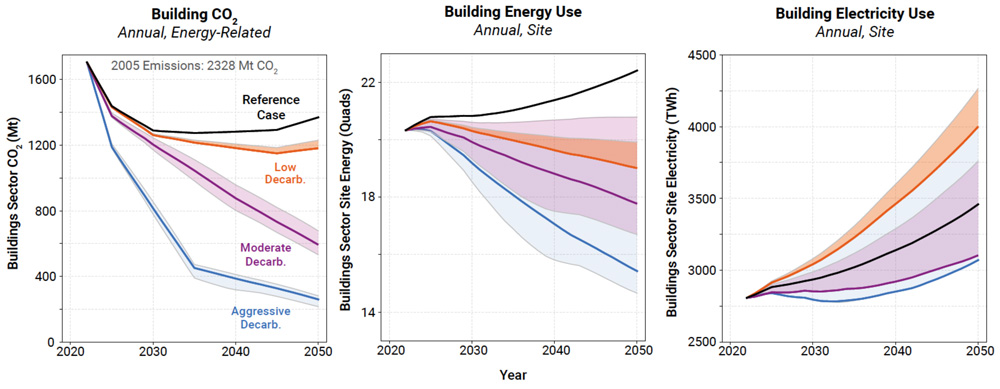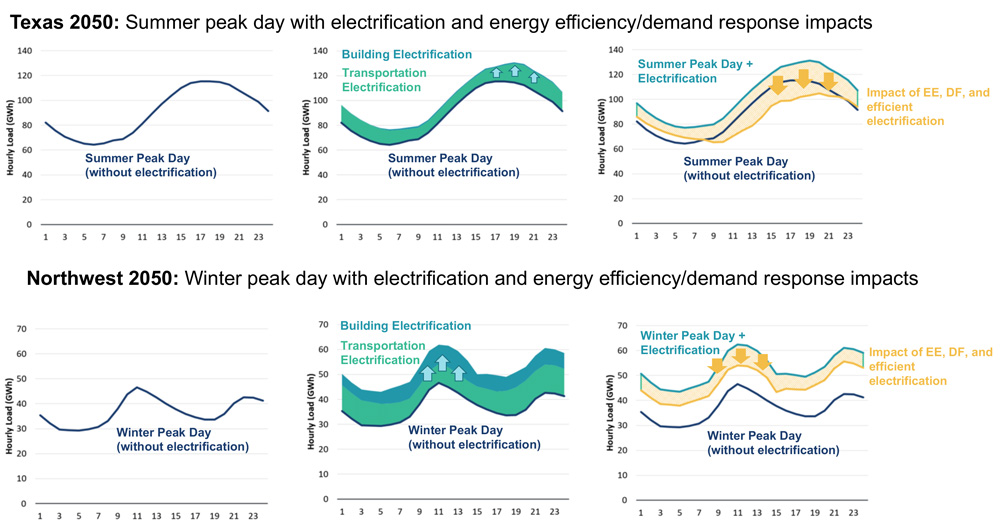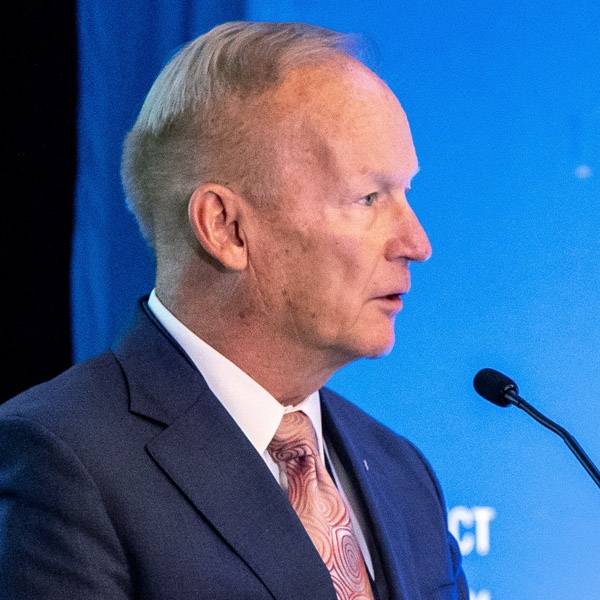Looking to protect the billions in private investment and thousands of new jobs spurred by tax credits in the Inflation Reduction Act, President Joe Biden on May 14 directed the U.S. trade representative to slap steep new tariffs on Chinese goods, including semiconductors, solar cells, battery components and electric vehicles.
Ranging from 25% on Chinese lithium-ion EV batteries and battery components to 100% on Chinese EVs, the tariffs could affect $18 billion in imports from the People’s Republic of China, according to a White House fact sheet.
“American workers and businesses can outcompete anyone — as long as they have fair competition. But for too long, China’s government has used unfair, nonmarket practices,” the fact sheet says.
Biden’s direction to U.S. Trade Representative Katherine Tai is authorized under Section 301 of the Trade Act of 1974, which allows the representative to investigate and act against foreign governments for “unjustified” or “discriminatory” actions that burden or restrict U.S. commerce.
Thus, a doubling of the tariff on Chinese solar cells, from 25% to 50%, is intended to “protect against China’s policy-driven overcapacity that depresses prices and inhibits the development of solar capacity outside of China,” the fact sheet says.
Global markets are glutted with cheap Chinese solar panels, which could increase available capacity to 1,100 GW this year — about three times expected demand — according to a recent report from the International Energy Agency.
In a separate announcement, Tai noted that the decisions to increase existing tariffs or impose new ones are the result of a mandated four-year review of the effectiveness of the tariffs already on the books. The report found that while current U.S. tariffs have prodded China to change some of its unfair trade practices, the country “has persisted, and in some cases become aggressive, including through cyberintrusions and cybertheft, in its attempts to acquire and absorb foreign technology, which further burden or restrict U.S. commerce.”
The report also found that the tariffs had helped spur production in the targeted industry sectors, while any related increases in consumer prices were mostly limited to goods subject to China’s own retaliatory tariffs.
The new increased tariffs target what the report calls China’s “big three” — solar, batteries and EVs — where Chinese exports have surged since 2022. They could go into effect approximately 90 days after publication in the Federal Register, which is expected next week, according to the U.S. trade representative.
Other tariffs on Chinese goods include an increase to 25% for lithium-ion batteries for stationary, non-EV storage and for natural graphite, a key battery component, neither of which will go into effect until 2026. Tariffs on a list of other critical minerals — such as cobalt, manganese, zinc and chromium — will jump to 25% this year, while those on semiconductors imported from China will double from 25% to 50%.
According to the report, the trade representative is also recommending 19 tariff exclusions for certain solar manufacturing equipment that is difficult to find outside China, which Solar Energy Industries Association CEO Abigail Ross Hopper quickly praised.
“A temporary tariff exclusion will help reduce production costs and incentivize increased investment in domestic manufacturing,” Hopper said. She also welcomed the delay on tariff increases for non-EV batteries, which she said “provides a runway for continued production and deployment of energy storage to meet growing demand for electricity.”
Spotty Record
The key questions now revolve around whether Biden’s decision could spark a renewed trade war with China, the extent to which the tariffs are calibrated to show the president as tough on China as the November election draws near, and the immediate impacts.
China responded quickly to the May 14 announcement, saying it “firmly opposes” the new tariffs, according to a statement from the country’s Commerce Ministry, reported by CNN.
“The increase in … tariffs by the United States contradicts President Joe Biden’s commitment to ‘not seek to suppress and contain China’s development’ and ‘not … seek to decouple and break links with China,’” the ministry said. “This action will seriously impact the atmosphere of bilateral cooperation.”
China would resolutely defend its rights and interests, and it urged the Biden administration to “correct its wrongdoing,” the ministry said.
As far as election-year impacts go, tariffs have had a decidedly spotty record as a spur to the domestic supply chain buildout needed to drive a clean energy transition in the U.S.
The Commerce Department’s International Trade Commission (ITC) imposed the first tariff on solar cells from China in 2012, followed by duties on solar cells from Taiwan in 2015. Under former President Donald Trump, the ITC imposed a 30% tariff on all imported solar cells, with the rate declining 5% per year for four years.
In 2022, the ITC imposed tariffs on solar cells and panels from several Southeast Asian countries — Cambodia, Malaysia, Thailand and Vietnam — where certain companies were found to be using Chinese components. Under heavy lobbying from the solar industry, Biden declared a two-year moratorium on those tariffs, which expires in June, and he has repeatedly said he will not extend the moratorium.
The bottom line is that solar tariffs have done little to provide the momentum needed for a major buildout of solar cell and panel manufacturing in the U.S. The ongoing tide of announcements was kick-started by the solar and advanced manufacturing tax credits in the Inflation Reduction Act.
At the same time, U.S. industry has been contending with supply chain and permitting issues and high interest rates, which could slow market growth. The residential solar market is expected to contract 13% year over year, according to industry analysts Wood Mackenzie.
On the upside, Elissa Pierce, a WoodMac research analyst, said she does not expect the increased tariffs to drive up prices of solar cells and panels in the U.S., due to the existing tariffs on Chinese imports.
“The U.S. imports very few of these products,” Pierce said in an email to NetZero Insider. “In 2023, just 0.03% of solar cell imports and 0.09% of solar module imports came from China, and this [minuscule] percentage continues to decrease even as Chinese module prices are bottoming out. In the first quarter of 2024, 0.02% of solar cells and 0.06% of solar modules were imported from China.”
‘Blunt Instrument’
The impact of Chinese imports on the EV market also could be negligible. While smaller, cheaper Chinese EVs are gaining ground in Europe, Trump-era tariffs — set at 25% — have kept them out of the U.S. market.
But unilateral action on tariffs, such as Biden is taking, is a “blunt instrument” that cannot solve all the challenges presented by China’s buildup of market dominance in EVs, batteries and solar, said Avery Ash, executive director of SAFE’s Coalition for Reimagined Mobility.
Focusing on the EV and battery tariffs, Ash said, “Addressing China’s unfair trade practices and market manipulation is [an] essential defense but must be coupled with effective offense — in this case, a clear national commitment to and strategy for the U.S. to double down on the development and deployment of market-defining technologies in the automotive sector. We’ve made early progress to this end in recent years, but much more is needed.”
Abigail Hunter, executive director of SAFE’s Center for Critical Minerals Strategy, also warned of the limited impact of unilateral tariffs on critical minerals. “Common border tariffs through a multilateral coordination with allies will be necessary to prevent dumping, and to block Chinese exports from causing global price collapses,” she said. “While challenging, such efforts are worth advancing in light of the devastating global impacts of China’s work to corner the market from minerals to EVs.”
SAFE, formerly Securing America’s Future Energy, is a nonprofit focused on advancing clean energy and EV technology and policy.
What the tariff announcement cannot conceal is that despite ongoing announcements of new factories and billions in private investment, the domestic supply chain buildout for solar, batteries and EVs is frustratingly slow. The solar industry continues to depend on imports from Southeast Asia, and U.S. automakers have slowed their rollout of EVs as the domestic content provisions of the IRA have narrowed the number of models eligible for the law’s $7,500 EV tax credits.
WoodMac’s Pierce added that “U.S. solar manufacturers are still relatively dependent on China for other module components, such as glass and wafers. While these products are also subject to the Section 301 tariffs, it doesn’t look like the tariff rate on these will be increased.”
And according to a report from Solar Power World, the Commerce Department is weighing yet another petition from a group of U.S. solar manufacturers to proceed with tariffs on companies in Southeast Asia, which the manufacturers allege have been circumventing rules on Chinese content in certain solar panel components. Commerce has yet to rule on whether it will take any action on the petition.




